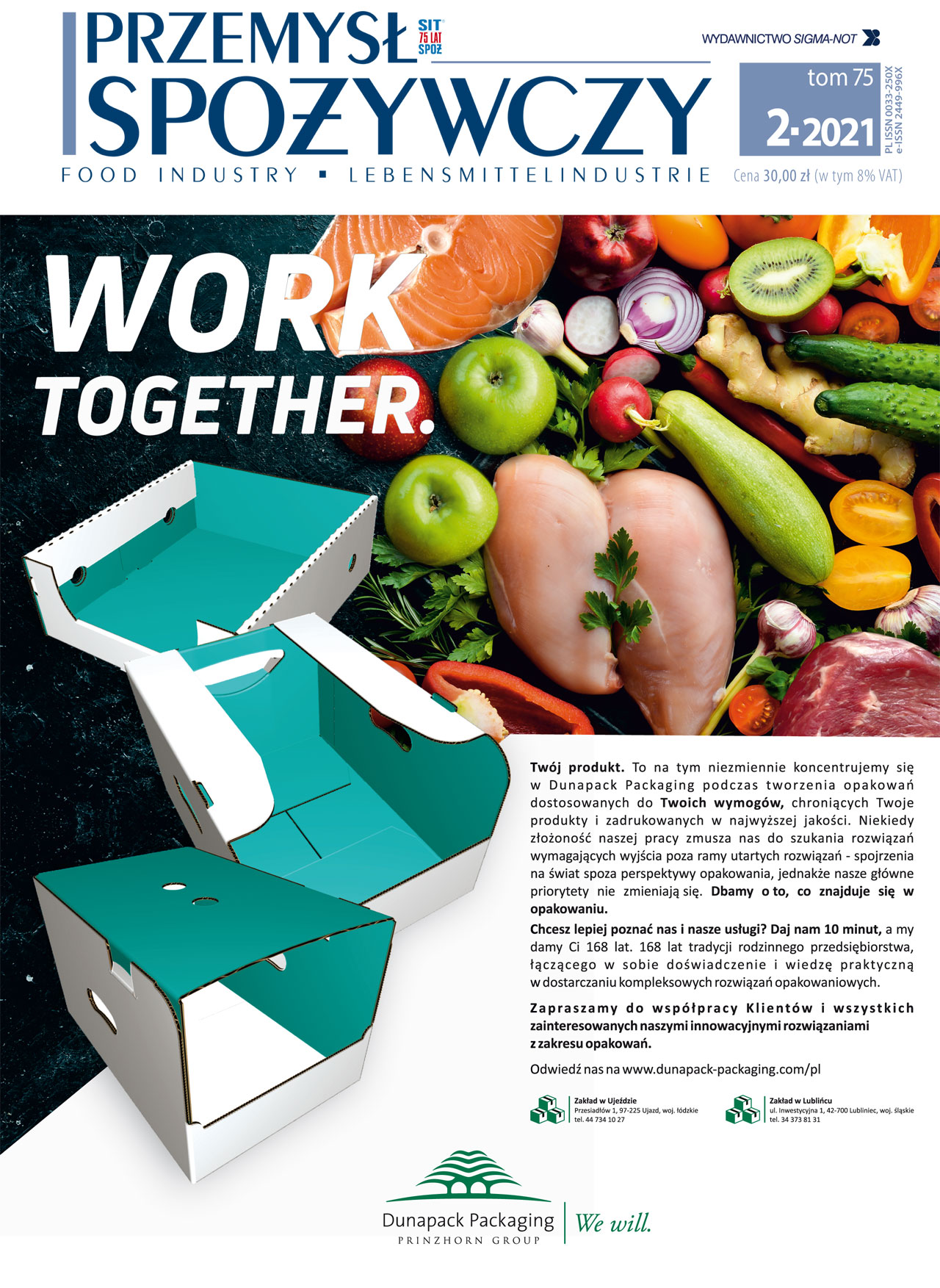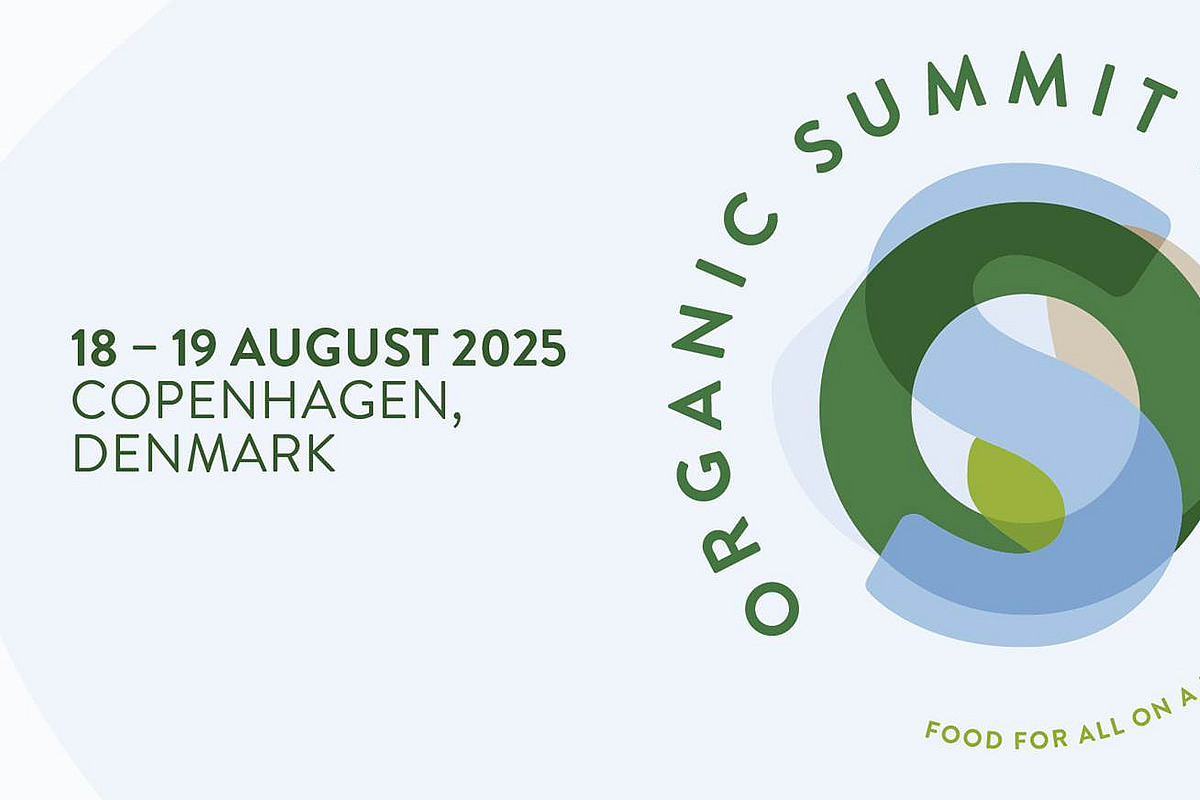ECONOMY
- 2 Organic Food Market in The World and in Poland – Mariola Kwasek, Stanisław Kowalczyk (DOI 10.15199/65.2021.2.1)
The supply and sale of organic food in the world and in the European Union has shown exceptional growth dynamics in recent decades. On the one hand, it is a consequence of the increase in the number of organic producers and the agricultural area (UAA) under ecological crops, and on the other hand, the growing interest of consumers in high-quality food, which includes organic food. The structure of organic food sales is dominated by two markets: EU and American, which account for as much as 80% of global sales, including the USA – 42%, European Union countries – 38%. In Poland market for organic products is small, but is systematically growing. In 2018, the Polish market of retail trade in organic farming products was estimated at approximately euro 250 million, i.e. 0.4% of all Polish retail trade in food products. The factors limiting the purchase of organic food include, among others limited availability, high prices, insufficient knowledge about organic products.
KEY WORDS: organic farming, sales, organic food, food quality and safety
TECHNICS– TECHNOLOGY
- 10 Food Authenticity – Detection of Food Adulteration – Wojciech Sawicki (DOI 10.15199/65.2021.2.2)
Food adulteration is very often an intentional (intended and conscious) action, mainly due to the desire to increase economic profit. This paper presents current information on analytical methods used to identify food adulterations. Due to the complexity of the problem, the analytical techniques (both conventional and new) currently used for the identification of adulterations, including sensory, physicochemical, DNA-based, chromatographic and spectroscopic methods, are discussed. Despite the advances made in food analysis, there is still a need to develop suitably sensitive and widely applicable analytical methods.
KEY WORDS: adulteration, analytical methods, food authenticity, fraud
- 16 The Use of Eye Tracking Studies to Assess the Visual Attention to Labeling of Food Products – Maria Sielicka-Różyńska, Joanna Brzezińska (DOI 10.15199/65.2021.2.3)
The visual design of food packaging, comprising of verbal and graphic elements, shows a significant impact on consumers’ purchasing decisions. Identifying the correct location, size, and color of information that is a part of product label can provide greater visual attention to these areas, and thus shape consumers’ behavior and attitudes. Eye tracking research, which is based on monitoring the eye movements of the respondents and determining the points of eye focus, can be of very helpful. The aim of the article is to present the basics of eye tracking research, to indicate possible forms of presenting obtained data and potential applications of this technique. Moreover, based on the example of the eye-tracking study carried out by the authors, the procedure of their preparation and implementation was described, and then the visual attention of the consumers (n=67) on selected elements of cereal cookies packaging was analysed.
KEY WORDS: eye tracking, oculography, visual attention, labeling, cereal cookies
FOOD-FEEDING
- 22 Spices – Natural Food Ingredients – Elżbieta Hać-Szymańczuk, Aneta Cegiełka, Kamil Piwowarek, Alicja Napiórkowska (DOI 10.15199/65.2021.2.4)
Spices are found in most foods and dishes. They commercially available are in various forms, both as fresh plant parts and as seasoning preparations, e.g. essential oils. The article describes the properties and possibilities of using in the food industry selected spices from the Laminaceae family: oregano, sage and rosemary. These spices not only emphasize the taste and aroma of dishes / food products, but also, due to biologically active substances, exhibit properties such as inhibiting the growth of microorganisms present in food or the oxidation of fats. They intensify the digestive system, stimulating the appetite and secretion of digestive juices. They are also characterized by healing and supportive properties, as they can have antibacterial, diuretic, diastolic and antioxidant properties.
KEY WORDS: spices, oregano, sage, rosemary, essential oils, preservation of food
- 27 Psychobiotics – The Role in Shaping of Human Health – Iwona Szymańska, Dorota Zielińska, Anna Żbikowska, Katarzyna Marciniak-Łukasiak (DOI 10.15199/65.2021.2.5)
Numerous scientific studies have shown the beneficial effect of many groups of probiotic microorganisms on the human organism. The positive effect of probiotic strains on the digestive system, especially the intestines, has been particularly well documented. However, as the latest scientific reports show, microorganisms are responsible not only for the physical well-being of the body, but also contribute to the improvement of mental health. These are the so-called psychobiotics, helpful in the treatment of depression and anxiety disorders. Some preclinical studies indicate a significant role of the gut microbiota in the treatment of neuropsychiatric disorders. These studies also indicate the possibility of using microorganisms in the production of new generation psychotropic drugs. There is increasing evidence that the gut microbiota influences brain physiology and ultimately on a variety of human behavior, including stress responses. The aim of this study was to review the mechanisms and evaluate the effectiveness of the impact of selected psychobiotics on human mental health in the light of the latest scientific research.
KEY WORDS: microbiota, probiotics, gut-brain axis, psychobiotics, mental disorder
- 33 The Importance of Gluten in Food Technology and Its Impact on Consumer Health – Jagoda Kępińska-Pacelik, Wioletta Biel (DOI 10.15199/65.2021.2.6)
Gluten is a mixture of proteins, mainly glutenin and gliadin. It occurs in the grains of cereals such as wheat, barley, and rye. It is useful when making baked goods. It provides adequate cohesiveness, flexibility and viscosity of the dough, which makes it widely used in the food industry. Gluten can be used not only in bakery products. It is also added to dairy products, meats and cold cuts, spices, sauces and food concentrates. It can also be found in dietary supplements. Gluten intolerance is seen as anew epidemic of the 21st century, because its presence in the diet may cause an abnormal reaction of the body, manifested by celiac disease, gluten sensitivity or Duhring’s disease. People diagnosed with celiac disease, must follow a gluten-free diet throughout life. Therefore, it should be a balanced and well-accepted diet. The gluten-free diet uses safe products containing grains and pseudocereals, made from corn, rice, soybean, buckwheat, millet, amaranth and quinoa flour, because these plants are naturally gluten-free. Products that are safe for people allergic to gluten are marked with acrossed ear.
KEY WORDS: gluten, grains, health, diet
EVENTS
- 32 Best before or expiry date?




